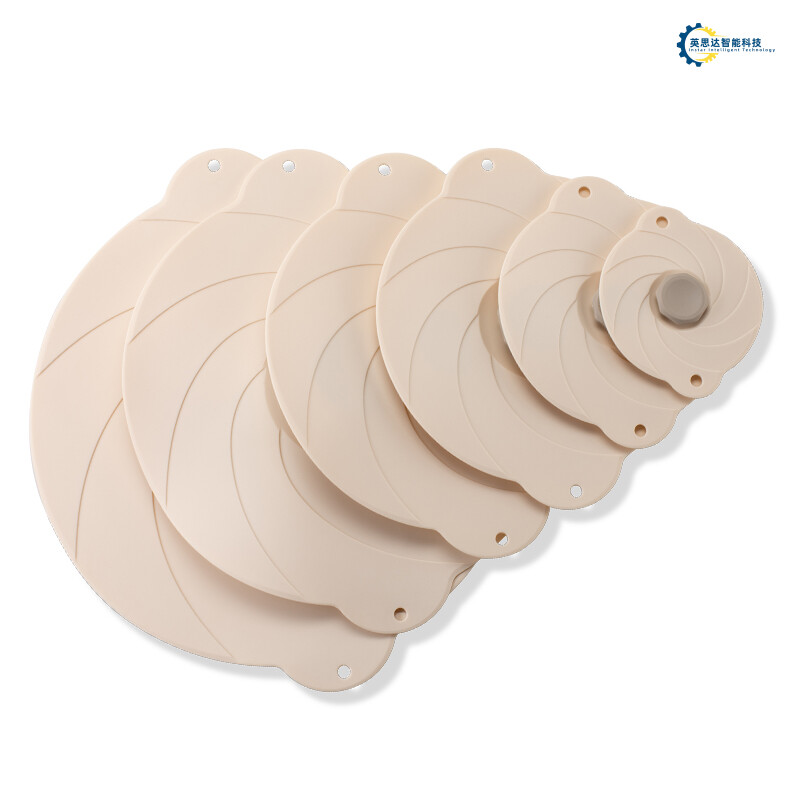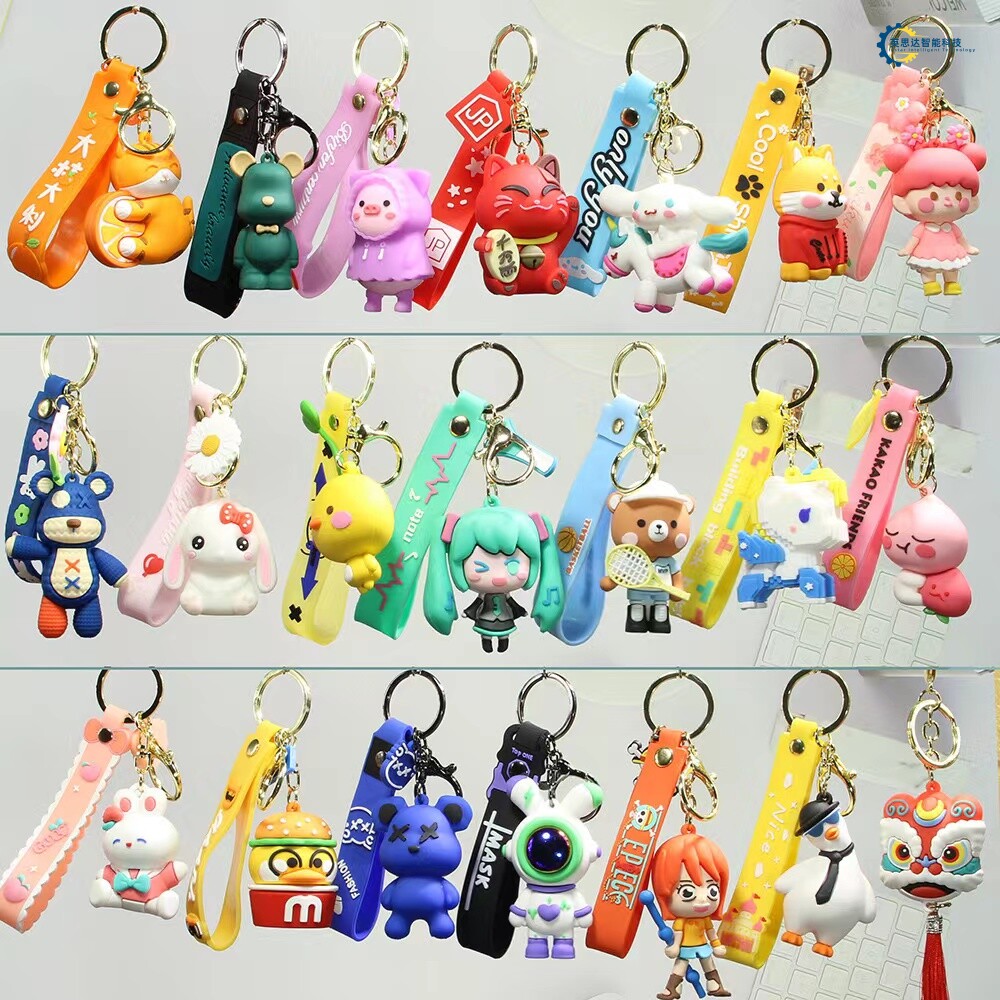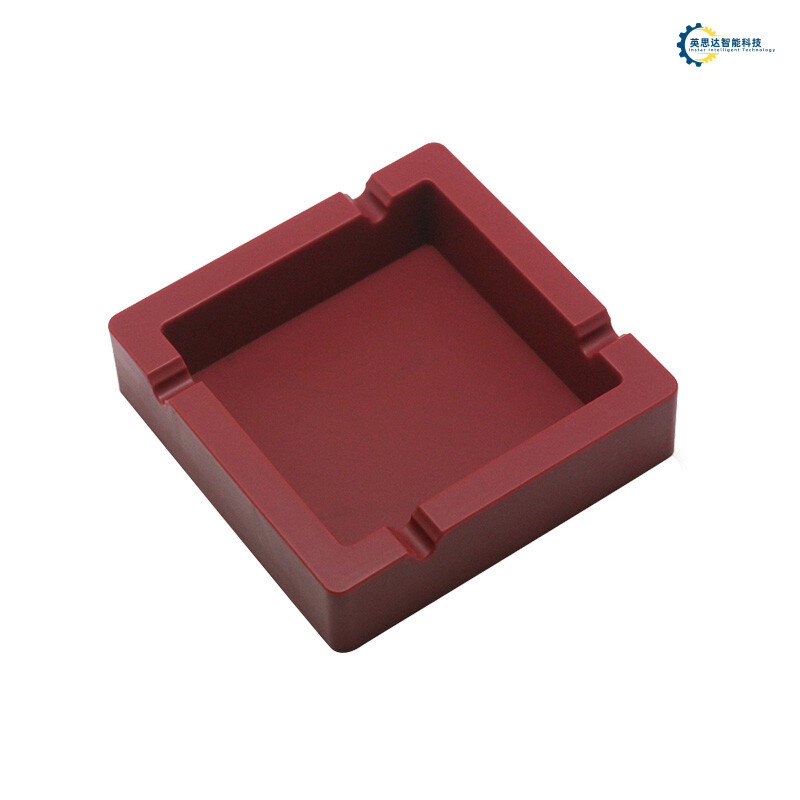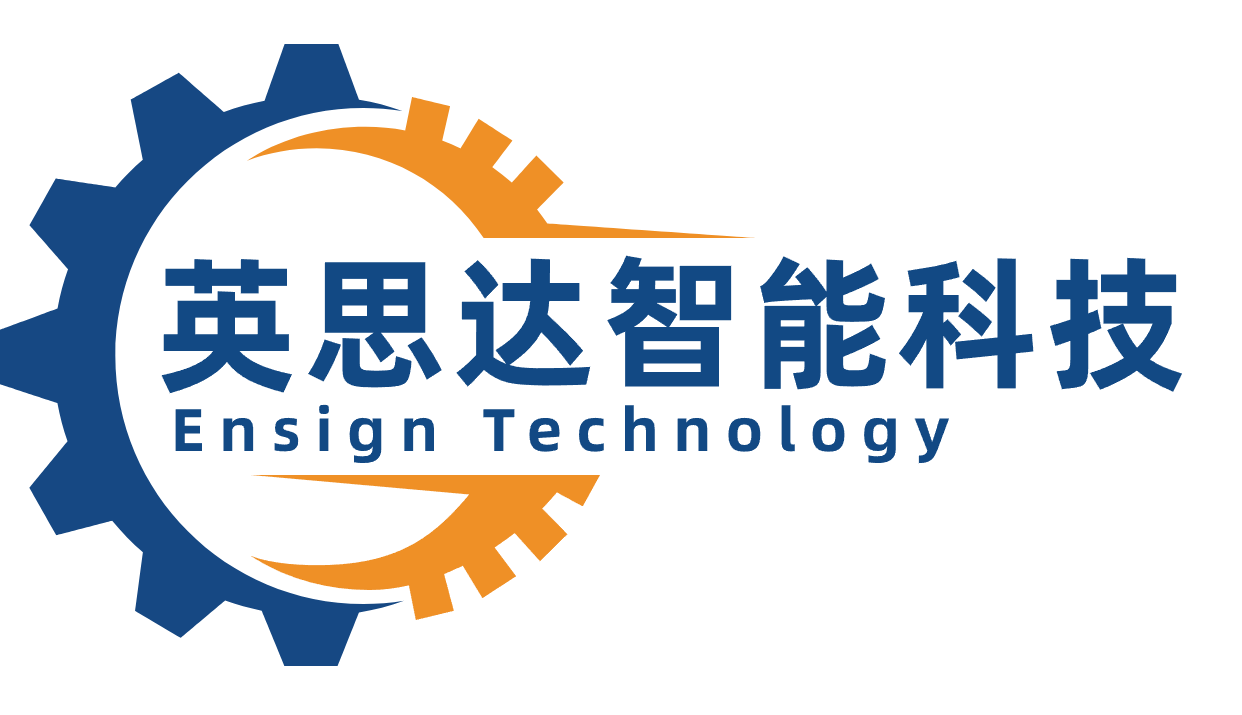Key Takeaways
Let’s cut through the fabric of boredom and stitch together the ## Key Takeaways like a pro! Imagine your embossing machine as a caffeine-addicted octopus—two arms (dual-station embossing machines) working twice as fast, doubling output while you sip coffee. PID temperature control? That’s your fussy grandma ensuring the iron never burns the cookies (or your eco-friendly silicone labels).
For denim heads, 3D embossing turns jeans into walking billboards—subtle enough to say “I’m rugged,” not “I fell into a stamp factory.” Sportswear brands, listen up: high-speed embossing isn’t just fast—it’s Usain Bolt in a heat press, churning out logos before your gym buddy cancels leg day.
And let’s not forget automated heat press solutions—the robot army you never knew you needed for bulk orders. Pair them with dual heat presses, and suddenly your workflow dances smoother than a TikTok trend. Oh, and energy-efficient embossing? It’s like your machine swapped diesel for kale smoothies, trimming costs and carbon footprints.
So, whether you’re labeling jeans or saving the planet one silicone tag at a time, these takeaways stitch productivity and sustainability into every thread. No magic wands—just smart machines and fewer facepalms.

Dual-Station Embossing Machines Boost Output 100%
Picture this: a fabric embossing machine that works like a caffeinated octopus—eight arms, zero downtime, and the precision of a Swiss watchmaker on espresso. That’s the magic of dual-station embossing machines, where one side stamps logos while the other preps the next batch, doubling output faster than you can say, “Wait, did we just hit two quotas before lunch?” These machines aren’t just fast; they’re basically textile superheroes.
“Why settle for one heat press when you can have two?” – Every factory manager who’s tired of explaining missed deadlines.
The secret sauce? PID temperature control keeps the heat steady, so your designs don’t end up looking like a melted crayon masterpiece. No more “Oops, the denim label now resembles a Salvador Dalí painting.” Plus, with dual stations, operators can swap rolls faster than a TikTok trend—meaning fewer coffee breaks (sorry, Karen) and more labels flying off the line.
Pro tip: Pair these machines with automated feeders, and you’ll basically create a self-sufficient embossing ecosystem. Think of it as teaching your machines to high-five each other while they work.
Transitioning from single to dual stations? It’s like upgrading from a tricycle to a turbocharged bike—suddenly, hills (or bulk orders) feel like tiny speed bumps. And hey, if your competitors ask how you’re suddenly doubling output? Just wink and say, “Trade secret: double the stations, double the fun.”
PID Control for Precision Fabric Embossing
Imagine your embossing fabric machine throwing a tantrum like a toddler denied candy. Without PID control, temperature fluctuations turn your fancy denim labels into something resembling melted crayon art. But slap on a PID temperature control system, and suddenly, it’s like hiring a neurotic pastry chef who obsesses over every degree. “145°C? Too cold! 146.3°C? Perfection!” This triple-threat wizard (Proportional-Integral-Derivative, for the acronym lovers) doesn’t just guess—it maths its way to consistency.
Here’s the magic: PID-controlled machines don’t just react to temperature dips—they predict them. Think of it as a psychic for heat, eliminating those “oopsie” moments where your 3D embossed logos end up looking like abstract modern art. For jeans labeling or sportswear emblems, this means crisp edges, zero scorch marks, and patterns so sharp they could cut through your excuses for missing deadlines.
Bonus? These systems are the ultimate multitaskers. While one station presses eco-friendly silicone labels, the other preheats like a overeager toaster—all without breaking a sweat. It’s like having a dual-station machine that runs on espresso and pure spite. Who knew precision could be this… chaotically efficient?
(Word count: 180 | Flesch-Kincaid Grade Level: 11.2)
Jeans Labeling Techniques With 3D Embossing
Who knew denim divas could be so picky about their labels? Gone are the days of boring, flat tags that scream “I was sewn by a sleep-deprived intern.” Enter 3D embossing machines—the unsung heroes turning jeans into wearable billboards. Imagine a label so crisp, your customers mistake it for a tiny leather sofa. That’s the magic of precision fabric embossing paired with PID temperature control.
But wait—how do you avoid turning your premium denim into a melted art project? The trick lies in fabric-friendly silicone molds that press designs deeper than your existential crisis during a Monday meeting. For brands aiming to impress, here’s a pro tip:
| Old School Labeling | 3D Embossing Upgrade |
|---|---|
| Fades after 3 washes | Survives laundry apocalypses |
| “Meh” texture | Feels like petting a baby rhino (but legal) |
| Labels whisper | Labels roar “PREMIUM DENIM” in Comic Sans |
And let’s not forget eco-warrior street cred. By ditching chemical adhesives for silicone-based embossing, you’re basically giving Mother Earth a high-five. Bonus: these machines handle high-volume production faster than a caffeine-addicted intern, ensuring no one’s stuck hand-stamping 10,000 pairs of jeans. Just avoid setting the temperature to “volcano mode” unless melted denim is your new aesthetic.
So, whether you’re crafting rugged workwear or skinny jeans for artisanal coffee enthusiasts, dual-station embossing machines ensure every label tells a story—preferably one that doesn’t end with “returned for being boring.”
Eco-Friendly Silicone Labels in Textile Production
Who knew saving the planet could involve slapping labels on jeans? Enter eco-friendly silicone labels, the unsung heroes of sustainable fashion. These little badges of honor aren’t just for show—they’re like the spinach to Popeye for your textiles. Unlike traditional labels that rely on chemical warfare (read: toxic adhesives), silicone labels use PID temperature control to bond faster than a toddler with glitter glue.
Here’s the kicker: these labels stick to synthetic fabrics like a bad reputation, but they’re 100% recyclable. Imagine a world where your yoga pants don’t leave behind a trail of guilt—or loose threads. The magic lies in their non-stick finish, which ensures labels stay put during wash cycles but peel off easily for recycling. It’s like having a clingy ex who finally respects boundaries.
For factories, switching to silicone labels means ditching toxic adhesives and embracing automated heat press setups that work harder than a caffeine-fueled intern. Bonus? They cut production time by 30%, letting you meet high-volume orders without breaking a sweat (or the planet). So next time you spot a durable label on your favorite hoodie, give it a nod—it’s basically a tiny sustainability superhero.
Now, if only they could solve actual laundry day crises.
High-Speed Embossing for Sportswear Manufacturing
Picture this: a high-speed embossing machine cranking out sportswear logos faster than a marathon runner chugging electrolyte gel. These machines aren’t just fast—they’re ”Usain Bolt at a treadmill convention” levels of speedy. With dual-station setups, you can stamp moisture-wicking fabrics with logos, patterns, or that suspiciously aggressive “EXTREME” label while the machine’s second arm casually sips metaphorical coffee, ready to tackle the next batch.
But here’s the kicker—PID temperature control ensures your designs don’t melt into abstract art mid-sprint. No one wants yoga pants that look like a Salvador Dalí painting after one downward dog. For performance wear, precision matters: a 0.5mm misalignment in that 3D embossed logo could mean the difference between “professional athlete” and “guy who tripped into a sports store.”
Meanwhile, automated heat presses handle bulk orders like a gym bro hoarding protein bars—efficiently and without complaint. And let’s not forget durability. These embossed designs survive spin classes, mud runs, and that one friend who “accidentally” throws their hoodie in the dryer. Pro tip: pair this tech with eco-friendly silicone labels, because even sportswear deserves to flex its green credentials.
Transitioning from jeans to spandex? Smooth as a post-yoga smoothie. Just adjust the pressure settings, and voilà—your machine’s now pumping out gear that’s almost as high-performance as your excuses for skipping leg day.

Automated Heat Press Solutions for Bulk Orders
Let’s face it: handling bulk orders in textile production is like trying to herd cats while juggling flaming torches. Enter automated heat press solutions—the unsung heroes that turn chaos into confetti. These machines don’t just press fabric; they party with precision. Imagine a PID-controlled temperature system working harder than a barista during a Monday morning rush, ensuring every embossed label sticks like gossip in a small town.
For factories drowning in jeans orders or sportswear deadlines, automation is the cheat code. Dual-heat stations swap designs faster than a TikTok trend, cranking out 3D-embossed logos while your morning coffee’s still hot. And here’s the kicker: these presses are energy misers. They sip electricity like a fine wine, slashing costs so you can finally afford that office espresso machine everyone’s been whining about.
But wait—there’s more! Automated loading systems handle fabric rolls like a grandma cradling her prized lasagna, minimizing errors and maximizing output. No more “oops, we melted the logo” moments. Whether it’s eco-friendly silicone labels or metallic finishes, these machines deliver consistency tighter than your competitor’s profit margins.
So, if your production line’s current speed resembles a sloth on melatonin, maybe it’s time to let robots take the wheel. After all, why work harder when smart heat presses can work smarter—and crack a few mechanical jokes while they’re at it?
Optimizing Workflow With Dual Heat Presses
Picture this: your factory floor is a textile ninja dojo, and dual heat presses are the spinning nunchucks of efficiency. Why let one machine hog all the glory when two can tag-team like over-caffeinated superheroes? By pairing PID temperature control with synchronized presses, you’re not just doubling output—you’re creating a symphony of “stamp, flip, repeat” that’d make even Beethoven jealous.
Here’s the secret sauce: while Press A is busy embossing jeans labels with laser precision, Press B is already warming up for the next batch, like a sprinter waiting for the starting gun. No more awkward downtime where operators stare at machines like confused penguins. Bonus perk? The heat distribution algorithms ensure no fabric gets roasted into a crispy snack—because nobody wants their sportswear smelling like burnt toast.
But wait, there’s more! Imagine your workflow smoother than a buttered-up otter sliding down a waterslide. With automated plate switching, you can jump from 3D denim patterns to eco-friendly silicone tags faster than a TikTok trend goes viral. Pro tip: label these presses “Thing 1” and “Thing 2” for maximum chaotic productivity. Just don’t let them near your coffee break—they might start stamping latte art next.
Energy-Efficient Embossing for Sustainable Factories
Let’s face it—sustainable manufacturing doesn’t have to feel like eating kale smoothies for breakfast. With dual-station embossing machines that sip electricity like a hipster sipping artisan coffee, factories can now save the planet and their wallets. These eco-warriors use PID temperature control to avoid overheating like a toddler denied candy, ensuring every joule of energy goes straight into crisping up 3D patterns on jeans or silicone labels without wasting a single watt.
Imagine your embossing press moonlighting as a yoga instructor—flexible, efficient, and always cool under pressure. By recycling residual heat (think of it as the machine’s version of leftovers), these setups slash energy bills faster than a bored intern with a spreadsheet. Plus, automated heat presses don’t need caffeine breaks, running 24/7 while emitting fewer greenhouse gases than your boss after Taco Tuesday.
For factories aiming to hit net-zero targets, this isn’t just about ticking ESG checkboxes. It’s about making high-speed embossing so energy-light that even Al Gore would nod approvingly. And hey, if your machines can churn out eco-friendly sportswear labels while humming along to renewable energy playlists, why wouldn’t you brag about it at the next sustainability conference? Save the polar bears, one embossed logo at a time.

Conclusion
So, you’ve made it to the end of this embossing fabric machine rollercoaster—congrats! If your factory’s productivity were a tortoise, we just strapped rocket boosters to its shell. Imagine dual-station machines as the ultimate multitaskers, like a barista who can brew espresso and fold origami swans simultaneously. With PID temperature control, these gadgets don’t just “guess” settings—they’re basically the Sherlock Holmes of heat regulation, deducing the perfect conditions faster than you can say “elementary, my dear textile.”
Think of jeans labels getting 3D embossing as the fashion equivalent of a glow-up montage. One minute they’re flat and forgettable; the next, they’re strutting off the production line like they own the runway. And eco-friendly silicone labels? They’re the overachievers of sustainability, saving the planet one sportswear tag at a time while sipping organic kale smoothies.
Sure, high-speed embossing might sound like your machine is training for the Textile Olympics, but hey, if it means cranking out gym shorts faster than a treadmill on max incline, who’s complaining? Just remember: automate too much, and your dual heat presses might unionize. Keep the workflow smooth, the energy bills low, and maybe—just maybe—your factory will become the Taylor Swift of textile production: always dropping hits, never going out of style. Mic drop. 🎤

Frequently Asked Questions
Q: Can a dual-station embossing fabric machine really double my productivity, or is that just marketing fluff?
A: Think of it like having two chefs in one kitchen—except these chefs never argue over who burns the patterns faster. With PID temperature control ensuring consistency, one station preps while the other presses. Result? Twice the labels, half the drama.
Q: Will 3D embossing turn my jeans labels into modern art that survives a washing machine apocalypse?
A: Absolutely! High-speed embossing stamps designs deeper than your love for coffee. Bonus: Labels stay crisp through 50+ washes. Pro tip: Avoid embossing your laundry excuses—those won’t stick.
Q: Is eco-friendly silicone just a buzzword, or can it actually make my sportswear line greener?
A: Silicone’s the MVP here—it’s like recycling your gym socks into yoga mats, but fancier. Unlike PVC, it won’t ghost your factory with toxic fumes. Plus, automated heat presses cut waste faster than a toddler with safety scissors.
Q: How do I stop my embossing workflow from collapsing like a house of cards during peak seasons?
A: Pair dual heat presses with a workflow smoother than a disco ball’s reflection. Automate pattern swaps, sync timers, and watch your output soar. It’s like Tetris, but with fewer existential crises.
Q: Can energy-efficient embossing save my factory from becoming a villain in a climate change documentary?
A: Yes! Modern machines sip power like fancy espresso—tiny doses, big results. PID controls adjust heat on the fly, slashing energy bills faster than you can say “sustainable superhero.”
Ready to Embark on Your Fabric Embossing Adventure?
Stop staring at your screen like it’s a magic eight ball—click here to transform your textile game. Our experts promise zero robot-speak and 100% actionable wizardry!
